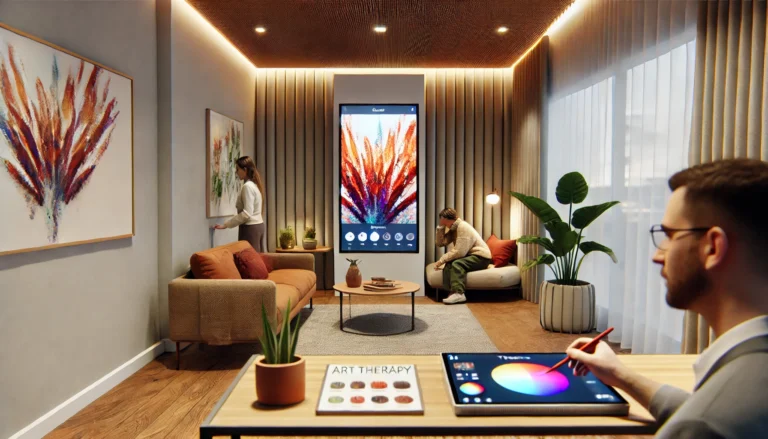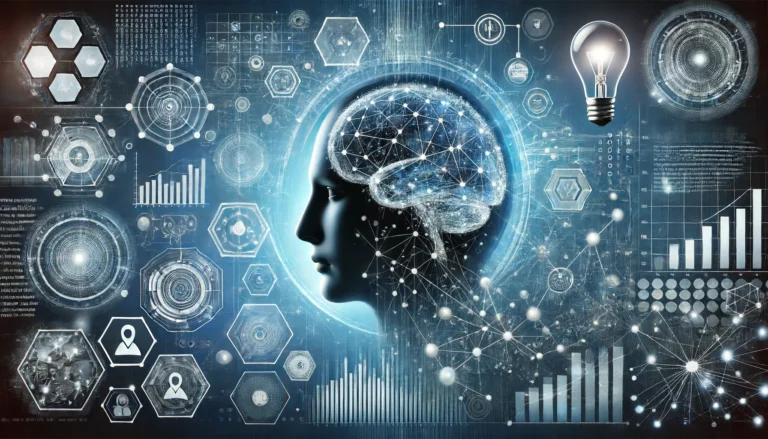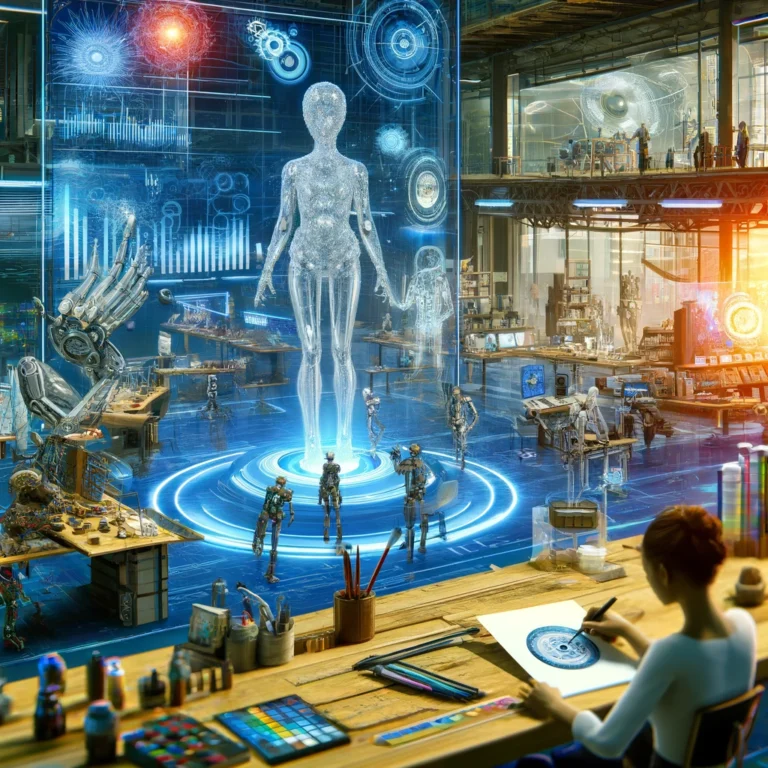Artificial Intelligence (AI), a field of computer science that simulates human intelligence processes by machines, particularly computer systems, has been making significant strides in various sectors, with education being a notable example. AI’s involvement in the educational landscape is transforming traditional pedagical methods, providing personalized learning experiences, making education accessible for everyone, including those with disabilities. This article will explore the impact and specific examples of AI in education, paying particular attention to its application in learning for those with disabilities.
Impact of AI in Education
Personalized Learning
AI’s most impactful use in education is to personalize learning. Every student has a unique learning style, pace, and capacity. Traditional education systems, characterized by their one-size-fits-all approach, often struggle to cater to these individual needs. AI, however, can fill this gap. With AI, students can learn at their pace, using methods that suit their learning style, making education a more engaging and effective experience.
Intelligent Tutoring Systems
AI has led to the development of intelligent tutoring systems that provide personalized help to students. These systems use AI algorithms to understand a student’s learning pattern, strengths, and weaknesses, and provide customized assistance. This helps bridge the gap in understanding, especially in instances where teacher-student ratios are high.
Administrative Tasks Automation
AI also helps educators and administrators by taking over repetitive, time-consuming tasks. For example, AI can help automate grading, allowing teachers more time to develop better instructional materials and interact with their students.
Interactive Learning Environments
Through AI, virtual and augmented reality can create immersive, interactive learning environments that increase student engagement and understanding. These learning environments can simulate real-world scenarios, making abstract concepts more tangible.
Enhancing Accessibility
AI plays a crucial role in making education more accessible, especially for students with disabilities. From speech recognition to predictive text, AI opens up new avenues for students who might struggle with traditional learning methods.
Examples of AI in Education
Century Tech
Century Tech is a learning platform that uses AI to personalize education for every student. The platform’s AI algorithm identifies gaps in a student’s understanding, curates a personalized learning path, and provides educators with insights about a student’s progress.
Carnegie Learning
Carnegie Learning offers an intelligent math tutoring system known as MATHia. The platform provides one-on-one tutoring using AI algorithms that adapt to a student’s learning style and pace. This helps in providing a personalized learning experience that boosts students’ confidence and understanding of math.
Querium
Querium uses AI in its Stepwise Virtual Tutor, which provides personalized, step-by-step help in math and science. The system is designed to mimic a personal tutor and provides instant feedback to help students understand where they went wrong.
Thinkster Math
An AI-powered tutoring app, Thinkster Math, offers personalized math programs for students. The app’s AI algorithm tracks a student’s thought process and identifies areas of struggle, enabling educators to target and address these areas.
Netex Learning
Netex Learning allows educators to create digital curriculum and courses, incorporating interactive elements, and using AI to provide analytics and adapt to students’ needs.
AI in Education for Students with Disabilities
Microsoft’s Immersive Reader
Microsoft’s Immersive Reader uses AI to improve reading comprehension for learners, regardless of their age or ability. The tool reads text out loud, breaks it into syllables, and increases spacing between lines and letters. It also offers a picture dictionary to help learners with vocabulary.
Google’s Live Transcribe
Google’s Live Transcribe uses AI-powered speech recognition to provide real-time, accurate transcriptions of verbal communication. This tool is immensely useful for learners who are deaf or hard of hearing.
Ava
Ava uses AI to provide 24/7 accessible and accurate live captions for those who are deaf or hard of hearing. The tool can be used in classrooms, group discussions, or one-on-one interactions, ensuring that no student is left out of any conversation.
Seeing AI
Developed by Microsoft, Seeing AI is an app designed for the visually impaired. The AI in the app can describe people, text, and objects, helping visually impaired students to interact more effectively with their surroundings.
Voiceitt
Voiceitt is an app that uses AI to translate non-standard speech patterns into clear speech in real time, helping those with speech impairments to communicate more effectively. This application can be particularly useful in classroom settings, helping peers and teachers better understand students with speech disabilities.
In conclusion, AI’s impact on education is profound and multi-faceted. It has transformed education from a one-size-fits-all approach to a personalized, engaging, and inclusive experience. Through numerous applications, AI has helped mitigate learning challenges and leveled the playing field, particularly for students with disabilities. The future of AI in education looks promising, with potential advancements offering even more transformative and inclusive ways of learning.










